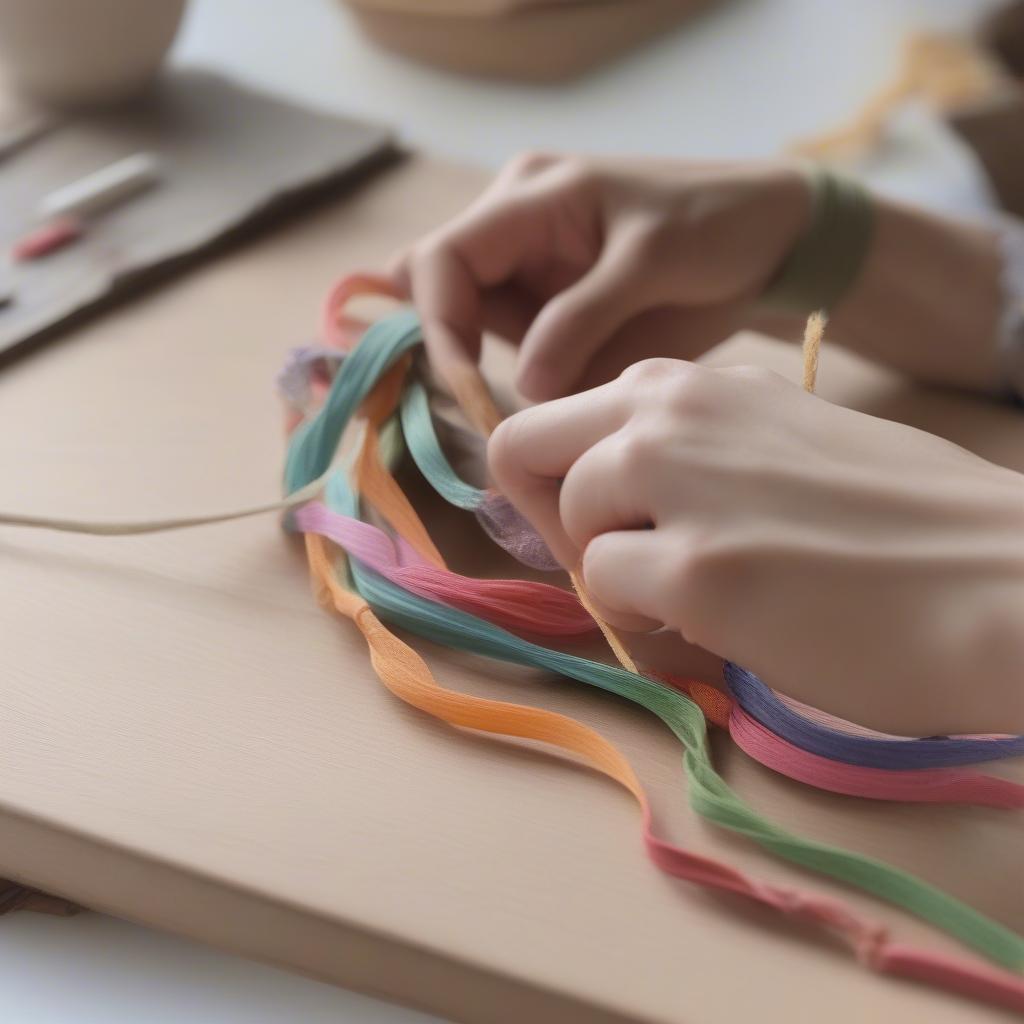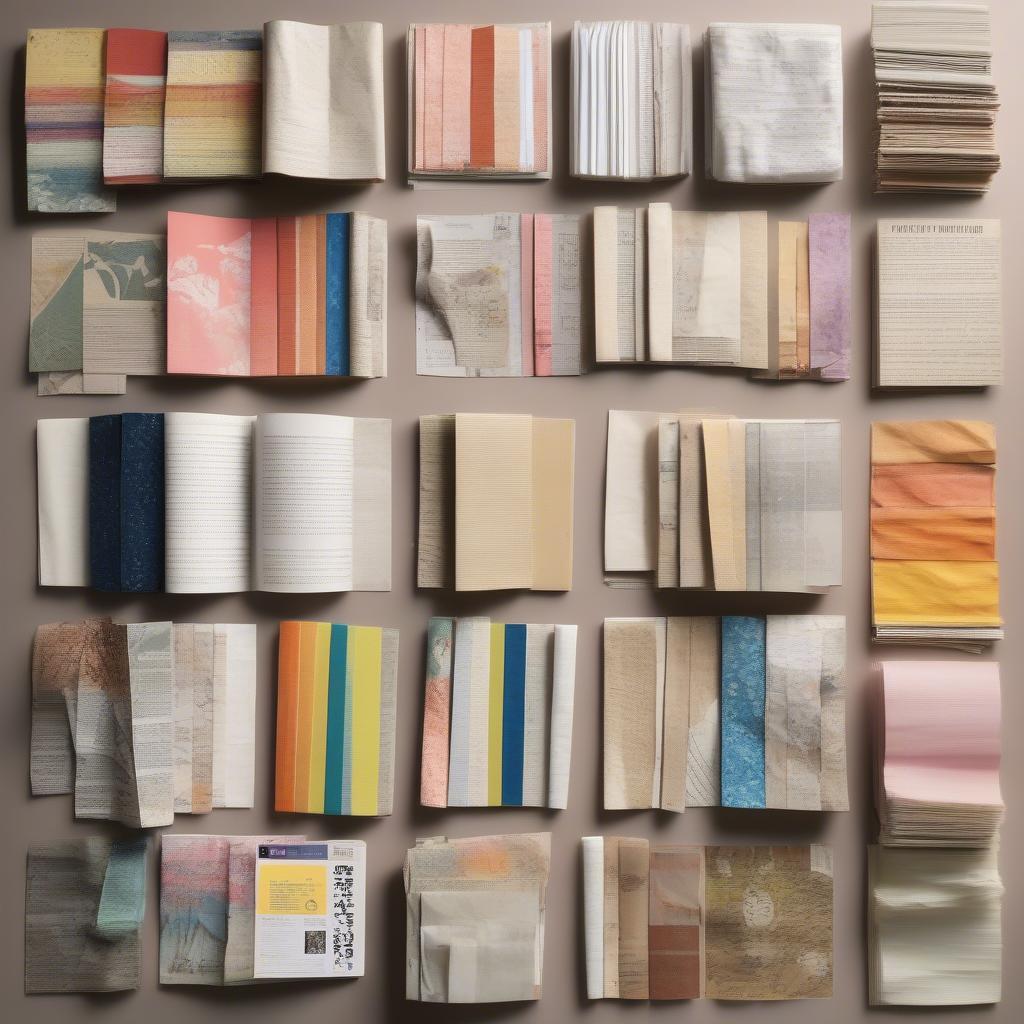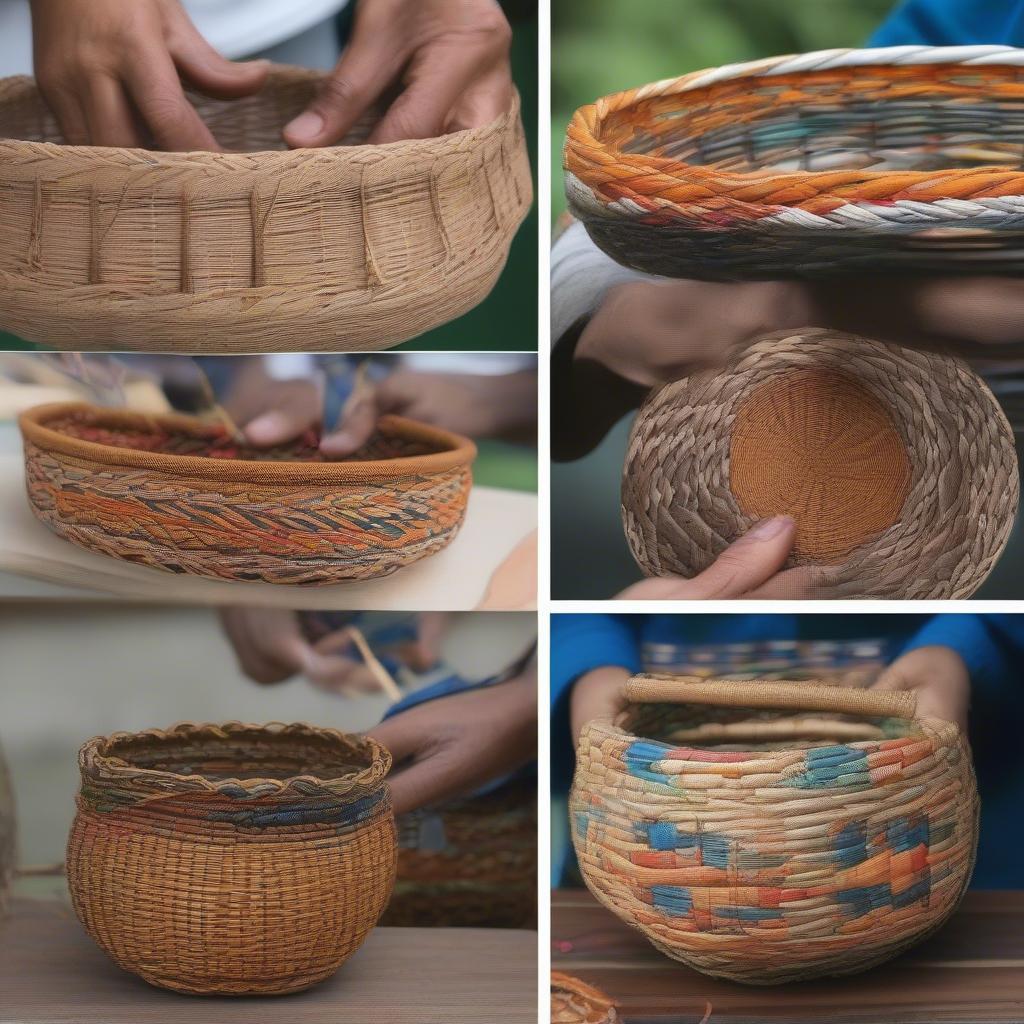Basket Weaving
Unveiling the Art of Japanese Paper Twinge for Basket Weaving
Japanese paper twinge, also known as “koyori,” offers a unique and beautiful way to add texture and color to your basket weaving projects. This traditional Japanese technique transforms simple paper into strong, durable cords perfect for creating intricate designs and adding a touch of elegance to baskets. Whether you’re a seasoned basket weaver or just beginning your crafting journey, exploring the world of Japanese paper twinge opens a door to creative possibilities.
What is Japanese Paper Twinge?
Japanese paper twinge involves tightly twisting strips of paper to form a strong, flexible cord. This cord, or koyori, can then be woven, coiled, or knotted into various shapes and patterns, making it a versatile material for basketry and other crafts. The technique allows for a wide range of creative expression, from simple and rustic designs to intricate and colorful masterpieces. It’s a sustainable craft, often using recycled paper, adding another layer of appeal for eco-conscious crafters.
 Creating Koyori: Twisting Japanese Paper into Strong Cords
Creating Koyori: Twisting Japanese Paper into Strong Cords
Choosing the Right Paper for Japanese Paper Twinge
While various types of paper can be used for twining, traditional Japanese washi paper is often preferred for its strength, flexibility, and beautiful texture. Washi paper, made from the long fibers of the kozo, mitsumata, or gampi plants, provides exceptional durability and a unique aesthetic quality. Experimenting with different paper types, including newspaper, magazine pages, and even junk mail, can lead to interesting results and allows for personalized and sustainable crafting.
 Variety of Paper for Koyori: Exploring Textures and Colors
Variety of Paper for Koyori: Exploring Textures and Colors
Mastering the Twist: A Step-by-Step Guide to Making Koyori
Creating koyori requires a bit of practice, but the process is surprisingly simple. Begin by cutting your chosen paper into long, narrow strips, typically around 1/4 inch wide. The length of the strips will determine the length of your finished koyori. Hold one end of a paper strip between your thumb and forefinger, and begin twisting the paper tightly. As you twist, use your other hand to gently guide the forming cord. Keep the tension consistent to create a uniform and strong koyori.
- Cut paper into strips: Cut your chosen paper into strips approximately 1/4 inch wide.
- Begin twisting: Hold one end of a strip between your thumb and forefinger and begin twisting.
- Guide the cord: Use your other hand to gently guide and shape the forming koyori.
- Maintain tension: Keep a consistent tension throughout the twisting process.
Weaving with Koyori: Bringing Your Basket to Life
Once you have a collection of koyori, the real fun begins! Koyori can be used in a variety of basket weaving techniques, from simple coiling to more complex twining and plaiting methods. Experimenting with different weaving patterns and color combinations allows for endless creative possibilities. The strength and flexibility of koyori make it ideal for creating both functional and decorative baskets. You can incorporate other natural materials, such as bamboo or rattan, to add further texture and visual interest to your projects.
 Weaving with Koyori: Creating Intricate Basket Designs
Weaving with Koyori: Creating Intricate Basket Designs
Beyond Baskets: Exploring Creative Applications of Japanese Paper Twinge
While basket weaving is a primary use for koyori, this versatile material can be used in a multitude of other crafts. From jewelry making and decorative accents to creating wall hangings and sculptural pieces, the possibilities are vast. Koyori can be combined with other materials, such as beads, wire, and fabric, to create unique and personalized pieces.
“Koyori’s versatility extends beyond basketry,” says renowned fiber artist, Hana Sasaki. “It’s a medium that encourages experimentation and allows artists to push the boundaries of traditional craft.”
Conclusion
Japanese paper twinge, with its rich history and artistic potential, offers a unique and rewarding crafting experience. Whether you’re drawn to the traditional beauty of washi paper or the sustainability of using recycled materials, exploring the world of Japanese Paper Twinge For Basket Weaving opens up a world of creative possibilities. So gather your materials, start twisting, and discover the beauty and versatility of koyori.
FAQs
- What type of paper is best for koyori? While washi paper is traditional, any paper with sufficient strength and flexibility can be used.
- How wide should the paper strips be? A width of approximately 1/4 inch is recommended.
- Can I use colored paper? Absolutely! Using colored paper or dyeing your koyori can add vibrant color to your projects.
- What can I make with koyori besides baskets? Koyori can be used for jewelry, wall hangings, sculptures, and other decorative items.
- Where can I find washi paper? Washi paper can be purchased online, at specialty paper stores, or at some art supply stores.
- Is koyori difficult to make? It takes a bit of practice, but the technique is relatively simple to learn.
- Are there any online tutorials for koyori basket weaving? Yes, there are numerous resources available online, including video tutorials and step-by-step instructions.
Need support? Contact us at Hanoi, Vietnam or Tech Avenue, Suite 12, San Francisco, CA 94105, USA. We have a 24/7 customer support team.
